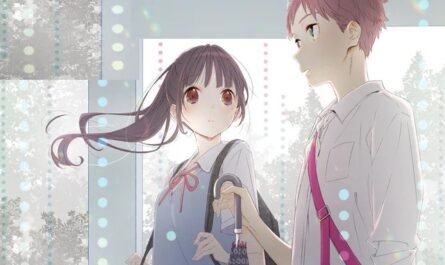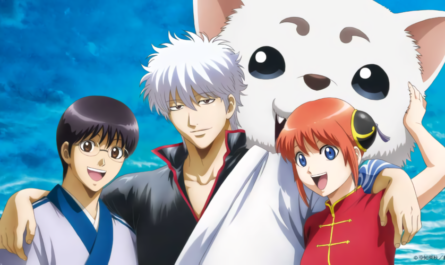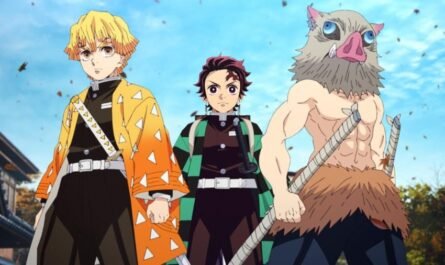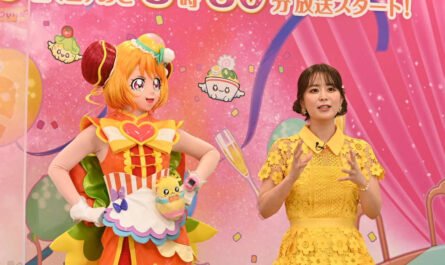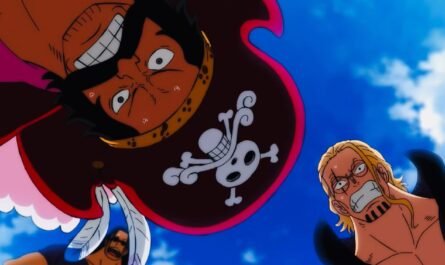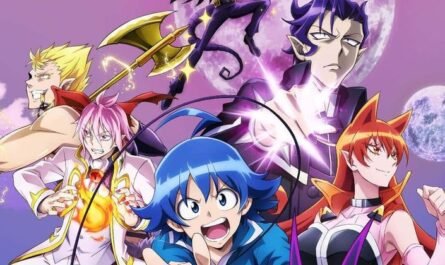Controversy about “whether or not to appoint a popular actor as a voice actor in an anime movie” that has become familiar, such as Ghibli works and guest voice actors for the movie version of a blockbuster anime. The argumentative structure between the production/distribution side, who seems to want to attract fans of the general public and famous actors, and the anime fans who want to protect the “sanctuary” of the original, has not found a point. On the other hand, viewers are reluctant to advance into information programs as “narration,” and their evaluation increases year by year. That is why “actor x narration business” is accepted against the resistance of “actor → anime voice actor”? Twice
The foundation of narration made by veteran actors Talking about the epic drama of the people of Ichii
In the past, when it came to narration for information programs and documentaries, it was the “narrator,” and it was common sense that former announcers and voice actors were appointed. In the olden days, historical dramas such as “Mito Komon” (TBS series) and “Hisatsu” series (TV Asahi series), and criminal narration such as “G-Men ’75” (TBS series) sang “name tone.” Takayuki Akutagawa built an era.
Recently, the number of talented actors who are “other than” voice actors has increased as narrators for documentary programs. The first of these is Tomorowo Taguchi, who has been the narrator for “Project X” (NHK General TV) for five years since 2000. Many people think of “The Dawn of Gaia” (TV Tokyo series), which was narrated by the late Kanie Keizo, as a representative of the documentary. Still, the program started two years earlier, and “Actor x It can be said that it created the foundation of narration.
Since the appointment of Taguchi, that tendency has become more robust, and a parody of “Project X style” has been born from the addictiveness of the program to variety shows. From this, it can be said that the viewers firmly accepted the “narration performed by the actor” with respect.
In the previous “Dawn of Gaia” (TV Tokyo series), Mr. Kanie was in charge of narration for 12 years from the start of the program as a “soulful narrator.” During the fight against illness, Katsumi Takahashi, Yasufumi Terawaki, Ikko Furuya, Kyozo Nagatsuka, etc., will take place, and the second generation will be Tetta Sugimoto (2014-2019), the third generation will be Hidekazu Mashima (2020-), the same as Mr. Kanie. The “stage actor” system has taken over.
Since Taguchi and Kanie, the number of cases in which actors act as narrators has increased sharply. Both programs have in common that they focus on “unnamed greats” rather than the greats and celebrities that appear in textbooks and how to make the story stand out as a place for talented actors to demonstrate their true abilities. It may have been working.
“Voice that does not insist too much” Actor narration inherited mainly by NHK
It was probably the NHK documentary program that pushed such a trend to the “mainstream.” Toru Emori of Bungakuza, a significant figure, and Koji Ishizaka from Shiki Theater Company, who is also known as the narrator of “NHK Special Silk Road” (By the way, Ishizaka is also the narrator of “Ultra Q” (TBS series)). Many actors have served as narrators.
With the success of veterans, the work of “actor’s voice” has been handed down to today’s young people. Even Takayuki Yamada of the gold signboard “New Video Century” (recently broadcast the reconstructed “Video Century Premium”), which NHK is working on with all his might, blends into the video so much that he does not notice his voice. The natural narration is highly evaluated, and it is said that it has broken new ground in the series.
Shihori Kanjiya of “Professional Work Style” was also highly evaluated, and he was active as a narrator in “The Nonfiction” (Fuji TV series) and “Binokyojintachi” (TV Tokyo series) in addition to NHK. There is. Speaking of young actresses, Mone Kamishiraishi is also in charge of narration for “Let’s connect to tomorrow, Mirai Juku” (NHK General TV), “Footprints of Landscape” (TV Tokyo series), etc. The base of the “actor narration business” is expanding.
Existence of voice that becomes the “face of the program” High skill that gives an immersive feeling
The actor’s voice actor challenge, such as dubbing popular anime and Western movies, is generally rejected. Under such circumstances, why is the actor’s narration received favorably?
Anime fans have their character image because they feel for the original character and have emotions. The entry of famous actors whose images have already been established is like stepping into the world of your favorite anime, giving you a kind of “dirty” feeling. It may be because I hold it. Speaking of modern times, it may show a “feeling of korejanai”.
On the other hand, in the case of documentary, unlike completely useful acting, it is required to objectively and plainly convey the facts of the program’s content, so to speak, to allow the viewer to “immerse” in the program. In addition, the actual value of the actors’ narration power lies in how much humanity and warmth that is close to the main characters and characters are created. For example, in “Birth Day” (TBS series), which Noriyuki Higashiyama has been narrating for over 15 years, although everyone knows the face of Higashiyama, this “face of the program” is Higashiyama’s. It is a “voice.”
When it comes to “telling the facts” and “the warmth that oozes out,” I think of a series of narrations by Kenjiro Ishimaru and Leo Morimoto in “See the World by Train” (TV Asahi). Still, in that sense, the actors’ narration methods vary. It can be said that it has been inherited from the past in many ways.
In other words, appointing a famous actor who has already established a strong image, whether it is an animation or dubbing a Western movie, and touting with noise may ruin the world view of the work, so to speak, a forbidden hand. It may be. However, the only job of a voice actor in the central business is a professional who competes only with “voice,” and the “acting” of Zenitsu Agatsuma and Shimono Minoru in “Kimetsu no Yaiba” also becomes “sama.” Nowadays, voice actors have more opportunities to do work other than dubbing, and their “faces” are also on sale, but the voice actor’s face does not appear in work, and the image of the character stands in the foreground. Because they are “professionals.”
Like the late Ichiro Nagai, who has played the role of Namihei Isono in “Sazae-san” (Fuji TV) for many years, some veteran voice actors said, “We are just actors, and we can give depth only by voice … That’s the actor, “he said, and many people find it uncomfortable to be easily tied up as a” voice actor. ” On the other hand, Koichi Yamadera, also known as “Yama-chan” in the living room, has also lamented the current situation of using talent as a voice actor in past blogs.
There is no doubt that the status of voice actors has improved due to the popularity of anime and voice actors these days, and it is also true that the narration of actors has taken root. In the future, it seems that it will be further spurred by the friendly competition of professional “voice acting” that is not bound by the category of actors and voice actors.


